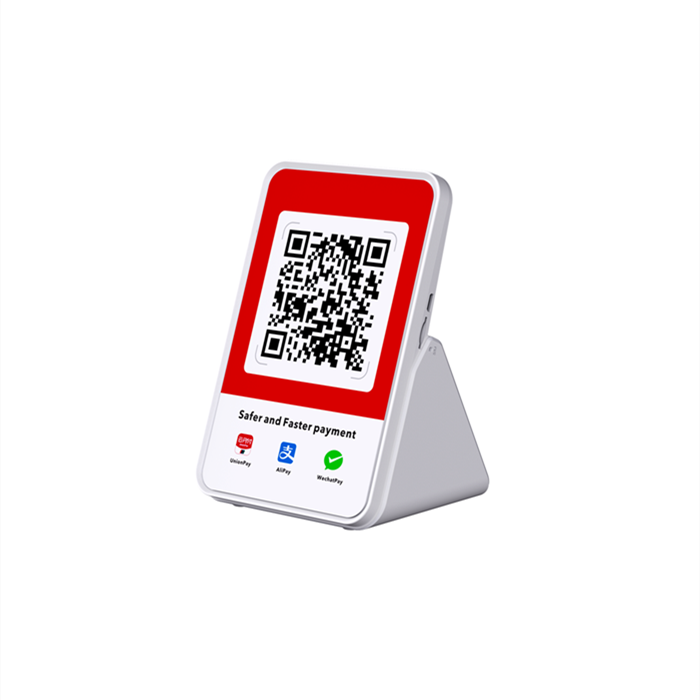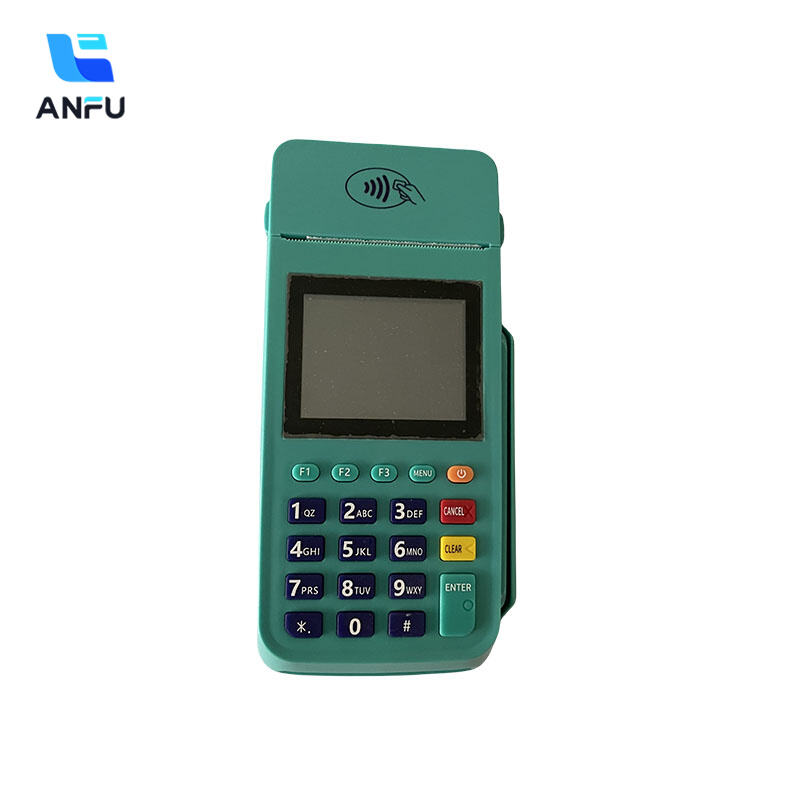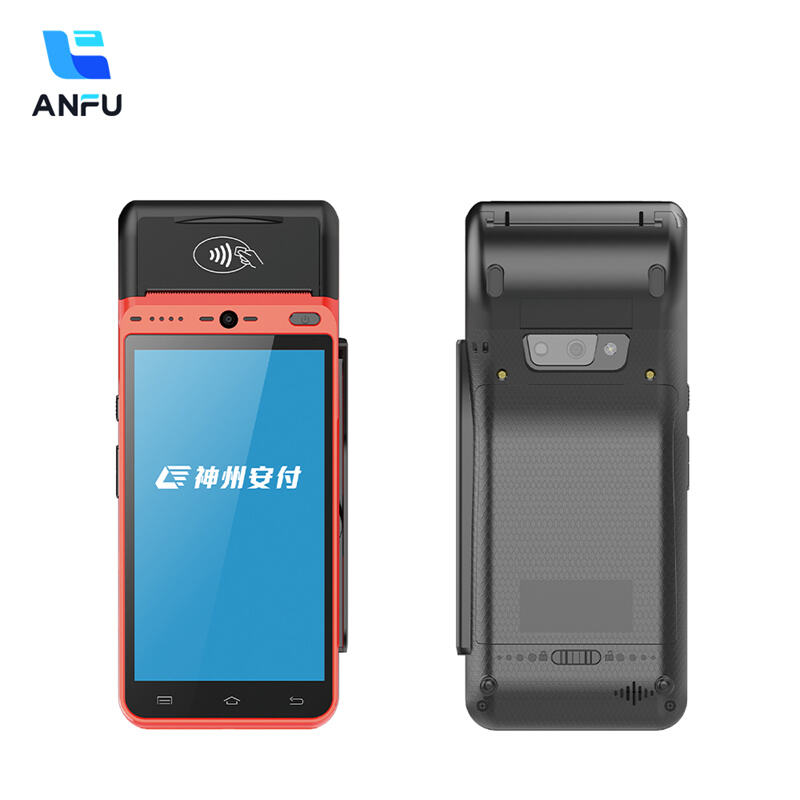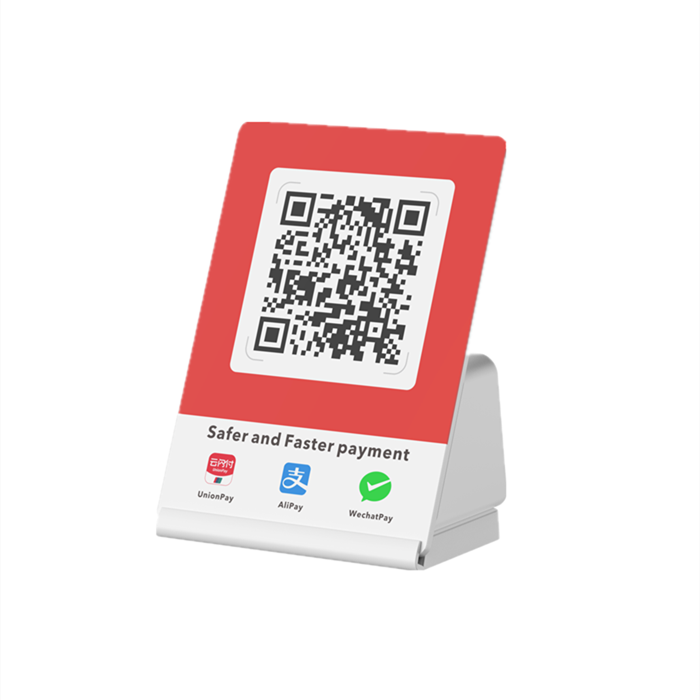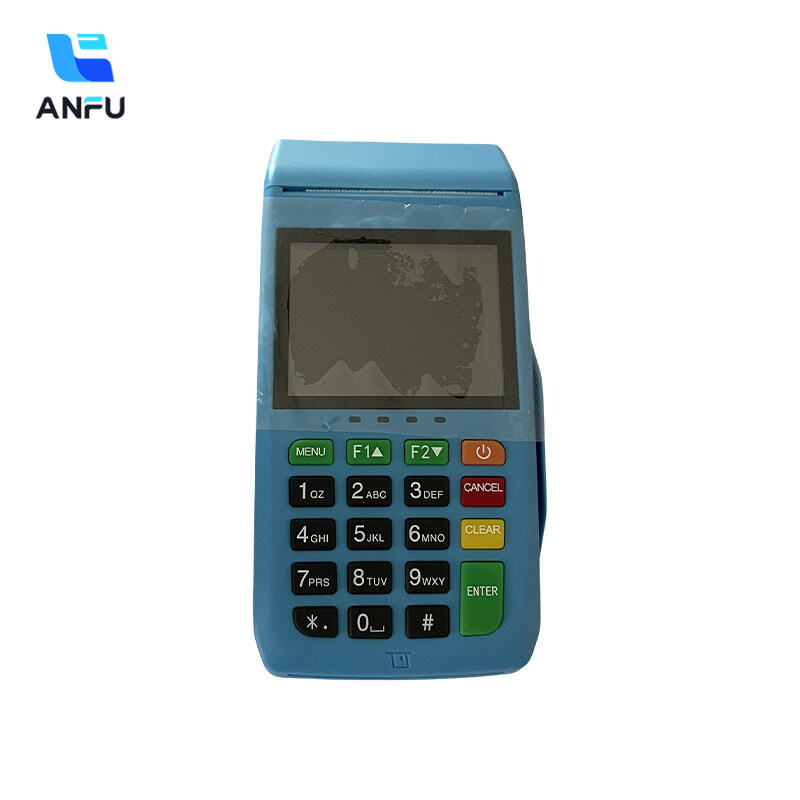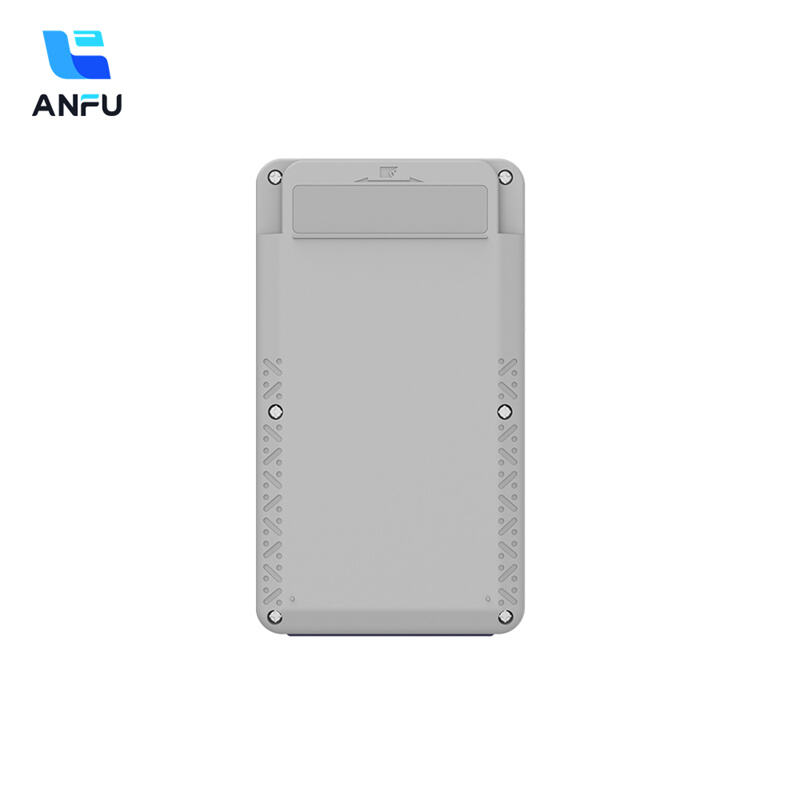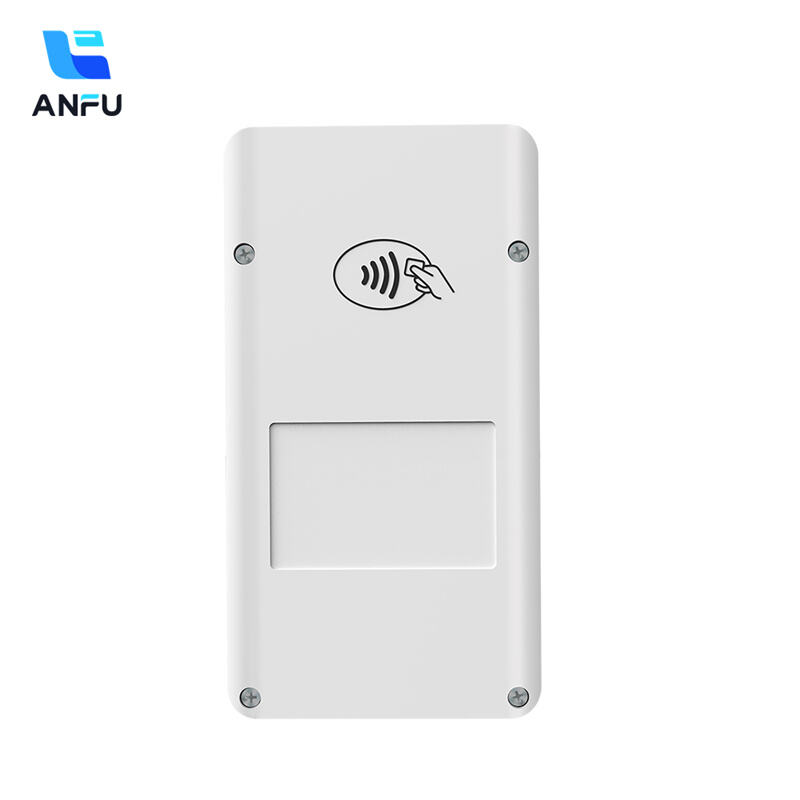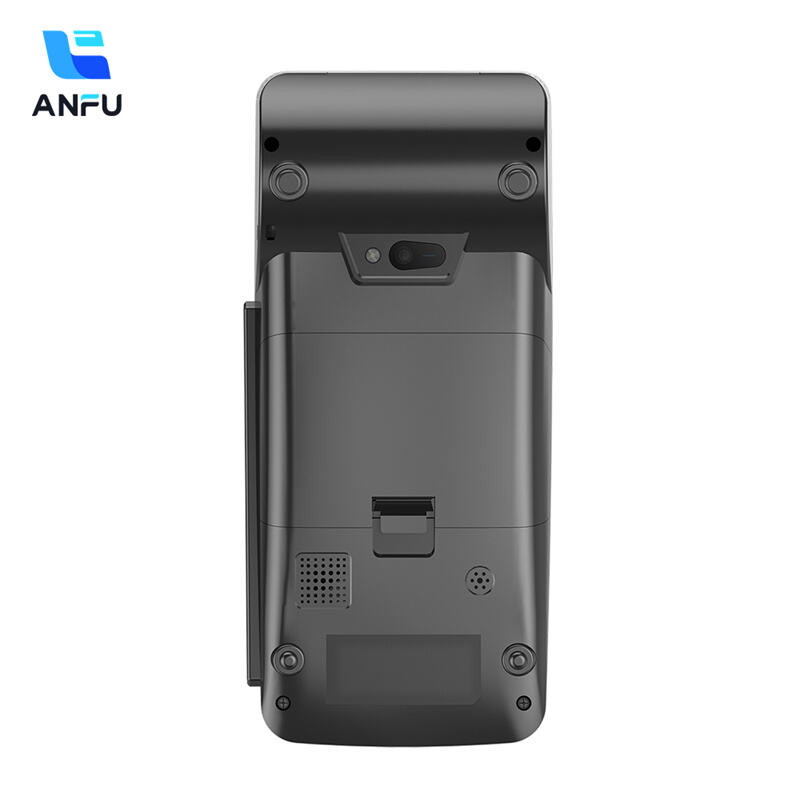Industry Trends: Wireless and Smart-The Future Development Direction of POS Terminals
Understanding Future Trends in Smart POS Terminals
Smart POS terminals are becoming all over the place in different retail areas, changing how businesses operate. A recent report from Juniper Research shows that these systems will jump from around 13.7 million devices in 2021 to roughly 35 million by 2026. That's basically a 156% increase which tells us something about what stores and shoppers want right now. The market clearly needs better payment options, and both sides seem happy with this shift toward smarter technology at checkout counters.
The tech world keeps pushing forward when it comes to smart POS systems, especially with AI and machine learning taking center stage. What we're seeing now are these fancy features built right into the terminals themselves. Retailers can track sales data in real time, manage stock levels automatically, stuff like that. The kind of business intelligence available today would have seemed impossible just a few years ago. For store owners, this means running their shops becomes way easier while customers get a better shopping experience overall. Pretty much every retailer worth their salt is adopting these systems now, which has changed what people expect from point of sale technology across the board.
Consumer habits have changed quite a bit since the pandemic hit, which means companies now need better payment systems than ever before. More people want to pay without touching anything physical these days, so smart point-of-sale devices are pretty much essential if stores want to handle payments smoothly and safely. Take a look around any modern retail space and chances are good there's some kind of digital checkout system at work. Businesses across all industries are adopting these technologies not just because customers expect them, but also because staying ahead of the curve helps maintain competitiveness in today's tech-savvy marketplace where convenience often wins over price alone.
Innovative Features of Smart POS Terminals
Retail stores are seeing big changes thanks to smart POS terminals that do much more than just ring up sales. Cloud based systems let shop owners keep their transaction records anywhere they want, which means easier tracking of stock levels and getting insights into what's selling when. Take Square and Shopify for instance these companies have built some pretty powerful tools into their POS hardware that help small businesses spot trends almost instantly. The ability to check sales numbers from anywhere really helps streamline day to day operations, though it's worth noting not all merchants find these android based systems equally useful depending on their specific needs and how tech savvy they happen to be.
Smart POS terminals have made big strides lately, especially when it comes to mobile payments. Technologies such as Near Field Communication, or NFC for short, let shoppers finish their purchases simply by tapping their phone or contactless card against the terminal. The whole process goes much faster than traditional methods, which matters a lot these days since people really prefer not handling cash anymore. Many experts point to the pandemic as what really pushed this cashless trend forward. For store owners, these contactless options mean smoother operations and happier customers who don't want to wait around at checkout counters anymore.
The ease of use in smart POS systems matters just as much as any other feature when it comes to running a business smoothly. When staff members don't struggle to figure out how things work, they serve customers faster and make fewer mistakes while handling transactions. Simple designs cut down on the time needed for training sessions and fixing problems, so managers can actually spend time doing what they should be doing instead of babysitting equipment. Retail stores today are changing fast, and many small businesses have found that switching to mobile payment terminals with good interfaces makes all the difference. Customers appreciate not waiting around, and employees stop getting frustrated trying to navigate complicated menus.
The Impact of Handheld POS Machines
The rise of handheld POS machines is changing how stores operate, giving employees real freedom to process payments wherever customers need them. Staff can now complete purchases right on the shop floor instead of being tied down at fixed registers. For store owners, this means faster service without those long lines forming at checkouts. Customers tend to stay longer when they don't have to wait around, leading to better shopping experiences overall. Many businesses have adopted these smart terminals and mobile payment solutions recently, noticing significant improvements in day-to-day workflow. The flexibility has proven particularly valuable during busy periods when traditional systems would normally struggle to keep up.
Handheld POS devices really boost the customer experience because they cut down on checkout time and let staff provide more personalized service. When employees have these gadgets, they can look up product details right away, suggest items based on what customers need, and finish purchases much faster than traditional registers. The whole shopping trip becomes smoother this way. Take Android based POS systems as an example they handle all sorts of payments from credit cards to mobile wallets, which gives shoppers more options when paying for their purchases. This kind of flexibility makes people happy and comes back again.
Stores that switched to handheld point of sale systems are seeing real benefits for both customers and bottom lines. Take what Retail Tech Advisor found in their research last year about these smart mobile checkout devices. Staff members could actually spend more time talking to shoppers instead of being stuck at registers, and this led to around 15% fewer people leaving without buying anything. One big department store told us similar stories too. They cut down those annoying long lines dramatically, which made folks buy more stuff while they were there. The customers stayed loyal longer too. All these real world examples show why so many retailers are jumping on board with these portable payment solutions when competition gets tough.
Smart Mobile Payment Terminals: Advantages and Limitations
Mobile payment terminals have really changed how stores handle transactions, giving merchants something much more flexible than those old fixed point-of-sale systems we used to see everywhere. The market has several options now - some folks call them smart POS terminals, others prefer handheld POS machines or talk about all-in-one smart POS units. What matters most is that these devices let businesses accept payments through sophisticated software running mostly on Android systems. Portability makes all the difference for retailers. Staff can take payments right where customers are shopping instead of making everyone line up at a single counter. And this works great for pop-up shops too when vendors need to process sales outside regular store premises without bringing bulky equipment along.
Smart mobile payment terminals really stand out when it comes to how fast transactions go through and how easy they are to use. These devices process payments much quicker than older systems because they have better hardware inside them, which means businesses can handle more customers during peak hours without long waits. Security is another big plus point too. Most models come equipped with encryption technology that meets current PCI requirements, so customer credit card info stays safe from hackers trying to steal it. No wonder why so many small shops and restaurants are switching over lately. For store owners wanting to upgrade from those bulky countertop machines, going mobile just makes sense both operationally and financially.
Smart mobile payment terminals do come with some downsides though. One big issue many businesses face is connectivity problems. Without solid internet connection, transactions just won't go through properly when customers need them most. Another headache comes from keeping the software updated regularly to stay secure and functional. Retailers dealing with this have started looking at different approaches recently. Some shops are spending money on stronger Wi-Fi systems throughout their stores, while others set up automatic updates during off hours so nothing gets disrupted during busy times. These practical fixes help get the most out of these devices without letting technical issues hold back business operations too much.
The Role of Smart Android POS in Retail Transformation
Smart Android POS systems are changing how stores operate across the board, mainly because they let businesses customize their setup and get access to all sorts of useful business apps. Built on Android's flexible platform, these systems can be adapted to fit pretty much any store's unique requirements. Retailers love having access to different apps that handle everything from tracking stock levels to analyzing sales trends and keeping customers engaged. The terminals themselves run smoothly with all these features packed in. Plus, most models now handle mobile payments and contactless transactions too, which makes checkout faster and less stressful for everyone involved during busy shopping hours.
Android POS systems bring some real headaches along with all their benefits. Staff training is a big deal for most retailers trying to implement these tech-heavy solutions. People just don't pick up complex interfaces overnight, so proper onboarding becomes essential. Security is another major concern since these devices process everything from credit card info to inventory records. Retail managers often find themselves stuck between wanting cutting-edge functionality and worrying about data breaches. When looking at switching to Android POS, businesses should seriously think about how much time and money they'll need to spend not just on the hardware itself, but also on keeping employees competent and protecting valuable business information from cyber threats.
Looking at real world applications helps understand how these systems actually work. Take one clothing store chain that switched to Android POS devices last year. They saw transactions going through much faster than before, which meant customers didn't have to wait around as long at checkout. Staff were happier too since the new system was easier to use. Sales numbers went up by about 15% over six months according to their reports. These kinds of results tell us something important about Android POS technology. Retailers who want to stay competitive should seriously consider making the switch. While it does require some upfront costs, most find that the benefits far outweigh any initial expenses in the long run.
All-in-One Smart POS Terminals: A Comprehensive Overview
Smart all-in-one POS terminals are changing how businesses run day to day because they can do so many different things at once. Retailers love them for taking all sorts of payments these days - credit cards work fine, but customers also tap their phones or wave an NFC enabled device over the reader. What really stands out though is what happens behind the scenes. Store owners can check stock levels right there on the same screen where transactions happen, and even place new orders when supplies get low. The convenience factor is huge. Small shops report saving hours every week just by having everything integrated into one system rather than switching between multiple apps and devices. Customers notice too since checkout moves faster without anyone needing to hunt down another machine for inventory checks.
The future looks bright for all-in-one solutions that bring together new tech like artificial intelligence and blockchain. Think about how AI already helps shoppers find what they want faster while making stores run smoother behind the scenes with all that data analysis. Then there's blockchain which isn't just buzzword stuff anymore. It actually keeps transactions safe and clear, something especially important when handling personal info that gets stolen so easily online these days. Retailers are starting to experiment now, and as these tools get better integrated, point of sale systems might transform completely. We could be talking about checkout counters that do way more than process payments soon enough.
The market for all in one POS terminals looks set for major expansion in coming years. Market research firm MarketsandMarkets estimates that global POS terminal sales will jump from around $62 billion back in 2021 to nearly $97 billion by 2026, growing at almost 9.5% per year. Retailers across different sectors want smoother payment experiences while also needing better ways to manage operations efficiently. Smart all in one terminals have become increasingly popular because they combine multiple functions into single devices. These systems offer flexibility for small businesses and advanced capabilities that larger chains find valuable too. As technology continues advancing, these integrated solutions seem likely to dominate much of the retail space going forward.
Conclusion: The Future Development Direction of POS Terminals
Smart POS tech is set to change how stores operate in some pretty big ways over the coming years. Retailers should expect better protection against data breaches soon, plus fingerprint or facial recognition becoming standard for verifying transactions. The systems will also work much smoother across different platforms and devices. What's really interesting though is what we're seeing develop with Android-based smart registers and those combined payment-inventory terminals. These new devices pack everything into one unit, letting small businesses handle sales tracking and stock management without needing separate equipment for each function. For shop owners looking to streamline operations while staying competitive, this kind of integrated approach could make all the difference.
Embracing new payment technologies is essential for businesses looking to stay competitive in the evolving market. As consumer expectations rise, the demand for efficient, fast, and secure payment solutions becomes imperative. Retailers must therefore adopt these technologies to enhance customer satisfaction and streamline operations.
Smart retailers know they need to jump on board with new POS tech if they want to keep customers happy while running their stores better. When shops stay ahead of tech changes and actually implement those cool new features, shoppers notice right away. Think mobile payments, faster checkout lines, maybe even personalized offers based on past purchases. These upgrades make people come back more often and spend more money too. But it's not just about flashy gadgets. Stores that adapt quickly to what's working and ditch what doesn't tend to survive longer when things get tough in retail. Some small businesses struggle with implementing all this though, since getting staff trained and systems updated takes time and resources.
Recommended Products
Hot News
-
Smart Card 2019
2024-01-23
-
Trustech 2019
2024-01-12
-
Futurecom 2019
2024-01-12
-
Seamless Payments Asia 2020
2024-01-12
-
Seamless Middle East 2022
2024-01-12

 EN
EN
 AR
AR
 BG
BG
 CS
CS
 DA
DA
 NL
NL
 FR
FR
 IT
IT
 JA
JA
 KO
KO
 PL
PL
 PT
PT
 RU
RU
 ES
ES
 TL
TL
 ID
ID
 LT
LT
 UK
UK
 VI
VI
 HU
HU
 MT
MT
 TH
TH
 TR
TR
 FA
FA
 AF
AF
 MS
MS
 MK
MK
 HY
HY
 AZ
AZ
 KA
KA
 BN
BN
 BS
BS
 LO
LO
 MN
MN
 NE
NE
 ZU
ZU
 MY
MY
 KK
KK
 UZ
UZ
 KY
KY
